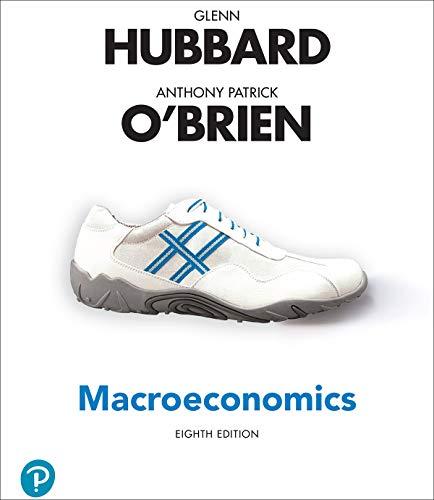According to an article in the Economist, when Chicago enacted a 1-cent-per-ounce tax on soda, it was
Question:
According to an article in the Economist, when Chicago enacted a 1-cent-per-ounce tax on soda, “it was introduced to protect public health but its main purpose was to plug a $1.8bn hole in the [city’s] budget.”
a. Did policymakers in Chicago believe that the demand for soda was price elastic or price inelastic? Briefly explain.
b. In the end, the tax raised less revenue than expected, and the tax was repealed. Did the demand for soda turn out to be more elastic or less elastic than policymakers had expected? Briefly explain.
c. Would policymakers in Chicago have been more successful in meeting their goal of discouraging people from drinking sweetened soda if the demand for soda were more elastic or more inelastic? Would they have been more successful in meeting their goal for raising more revenue for the city if the demand for soda were more elastic or more inelastic? Briefly explain in what sense the city’s goals were in conflict.
Step by Step Answer:






